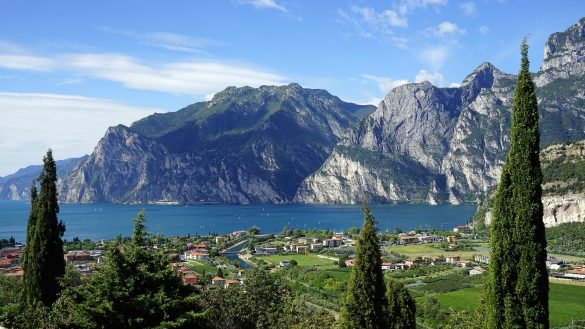With the resolution of 2 August 2022, the Regional Council approved the ‘Acknowledgment of the proposal to update the 2020 Energy, Environment and Climate Regional Program (PREAC)’.
The PREAC, taking up and strengthening the objectives proposed by the guidelines, acts according to the recent evolution of the national and European policy, and aims to reduce the emission of greenhouse gases up to 43.5 million tons by 2030, which means a reduction of 43.8% compared to 2005, targets for the non-ETS (European Trading System) sector. The goal of reducing emissions will be achieved by reducing 35.2% of end-use energy and producing energy from renewable sources equal to 35.8%.
With the acknowledgment of the PREAC by the Executive, the program document and the documents of the Strategic Environmental Assessment (environmental report and non-technical summary) were open to observations till 24 September 2022.
The second evaluation conference with a forum open to the public took place on 9 September 2022.
If you want to know more about this project you can consult the conference program, the presentations used by the speakers, and a report of the proceedings available on the Lombardy Region webpage (in Italian).

Key factors
- An increased renewable energy production – particularly with the exploitation of surfaces that can be used for photovoltaic installations.
- The reduction of energy demand, due to the spread of efficiency and the diffusion of a behavioral change in consumption models.
Emission reduction is guided by increased efficiency in all sectors (civil, industry, transport, and agriculture) due to interventions for demand reduction, and the intrinsic major efficiency derived by the electrification of some sectors (particularly heating and mobility). Relevant also the decarbonization of electricity production (renewables are expected to produce 40% of regional electricity production, thanks to the increase in photovoltaic). The amount of electricity in energy end-use will increase by 19%, but GHGs emissions will drop. There will be a contemporary reduction in natural gas consumption (-55%), accompanied by the entry of biomethane consumption (by 2030 20% of natural gas consumed will be renewable).
Solid biomass – increasingly by local sources – will have a relevant use by domestic users and in district heating.
In perspective: the take-off of the green hydrogen supply chain, storage systems, and the development of renewable energy communities in smart urban contexts.
The construction of the targets pays particular attention to the economic sustainability of the energy transition scenario, analyzing in detail the curve of the total cost of the system compared to the savings of emissions.
PREAC defines a set of implementing measures, which have been defined by considering a functional logical design based on the activation of some strategic levers:
• simplification and regulation;
• incentives;
• territorial planning;
• participation and networking
The REECP measures, where possible and effective in combining the fight against climate change and new opportunities for economic and social development, give priority to a cross-cutting approach, aiming to promote active policies in the various sectors.
To implement the program the participation of all actors is necessary, including institutions, industries, and citizens. Therefore information, formation, and communication are emphasized.





